Showing all 10 results
-
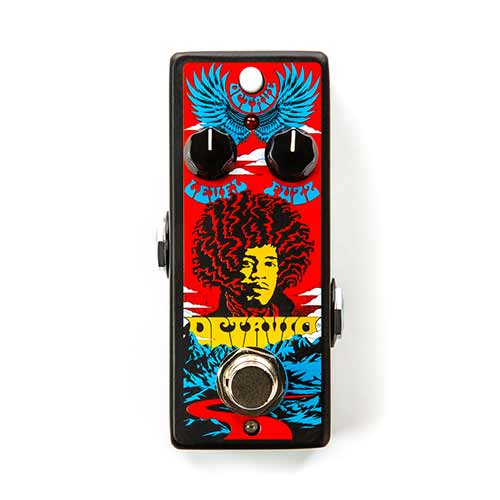
Dunlop Authentic Hendrix Octavio
€ 199 Add to cart -
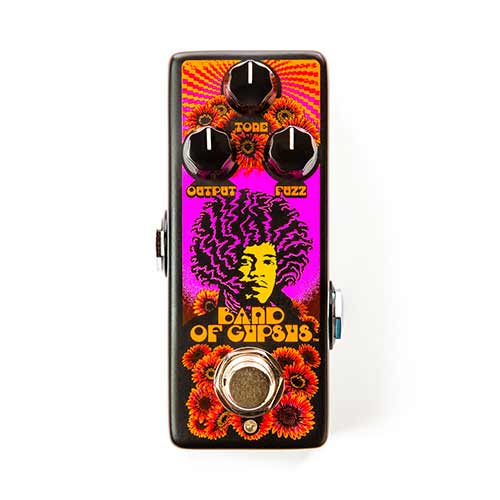
Dunlop Authentic Hendrix Band of Gypsys
€ 199 Add to cart -
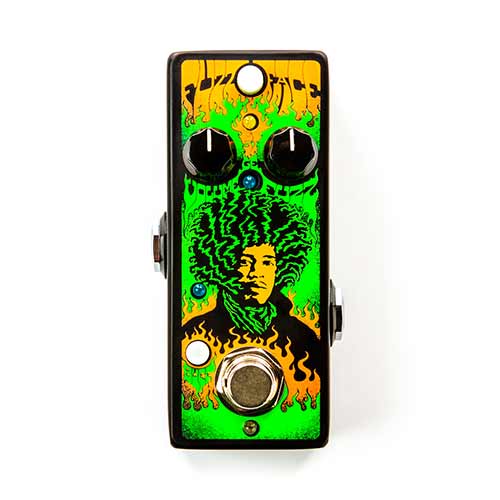
Dunlop Authentic Hendrix Fuzz Face
€ 199 Add to cart -
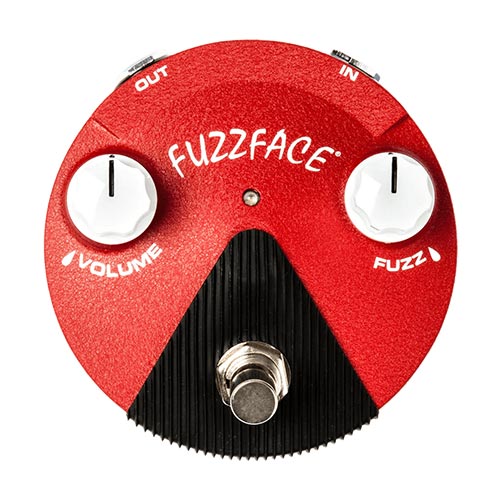
Dunlop Band of Gypsys Fuzz Face Mini
€ 199 Add to cart -

Dunlop Joe Bonamassa Fuzz Face Mini
€ 219 Add to cart -
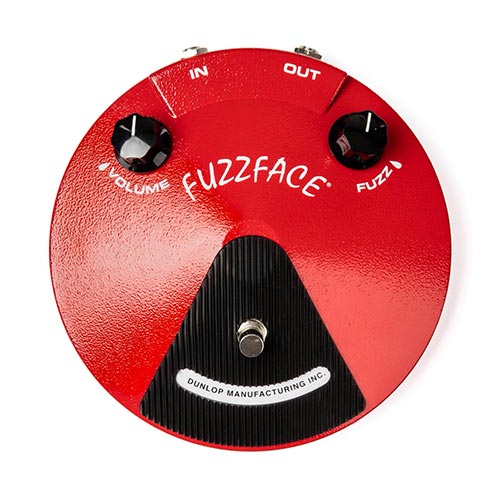
Dunlop Fuzz Face
€ 219 Add to cart -

Dunlop Jimi Hendrix Fuzz Face
€ 219 Add to cart -
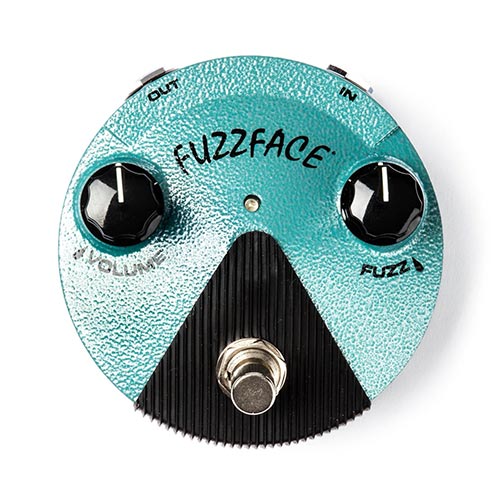
Dunlop Jimi Hendrix Fuzz Face Mini
€ 189 Add to cart -

Dunlop Germanium Fuzz Face Mini
€ 189 Add to cart -
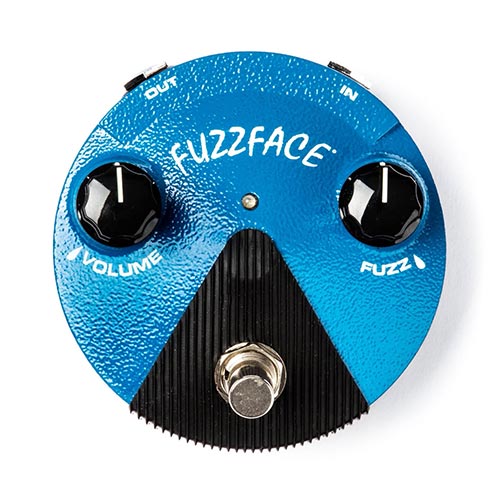
Dunlop Silicon Fuzz Face Mini
€ 189 Add to cart
Showing all 10 results
Fuzz pedal
Fuzz pedal
A fuzz pedal is a common effect that is also called a fuzz box to distinguish it from overdrive and distortion. it has a more extreme sound compared to the other two distortion pedals. The sound usually comes out as a square wave. It is a rich and complex effect that can be heard in many recordings.
How do you use it?
Depending on the place in your signal chain, you usually use it without other drives. So you don’t stack the sound, at most with a boost before it to get even more distortion. You often place the pedal first in your signal chain or immediately after a wah wah, but there are no fixed rules for it.
Iconic fuzz pedals
The most famous pedals come from the 60s and 70s. Think for example of the Maestro, Dallas Arbiter, Vox Tonebender and Electro-Harmonix Big Muff. Today Fulltone, Black Cat, Vemuram, Catalinbread, JHS, Keeley, Death by Audio, Wrenn & Cuff, Walrus Audio and of course Electro-Harmonix (still) very nice pedals.
